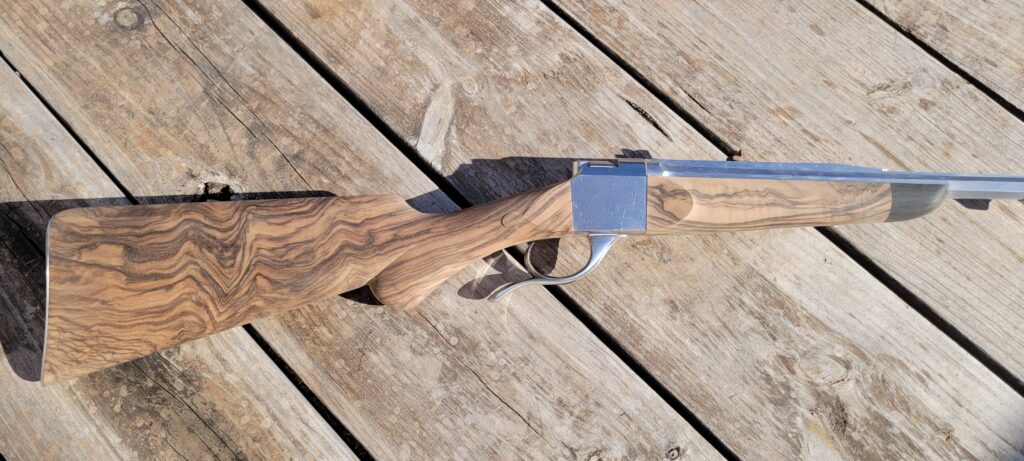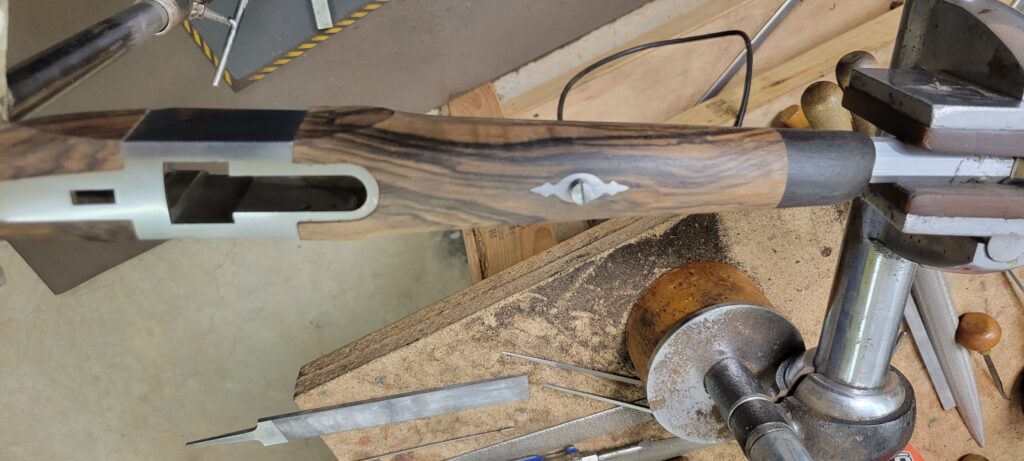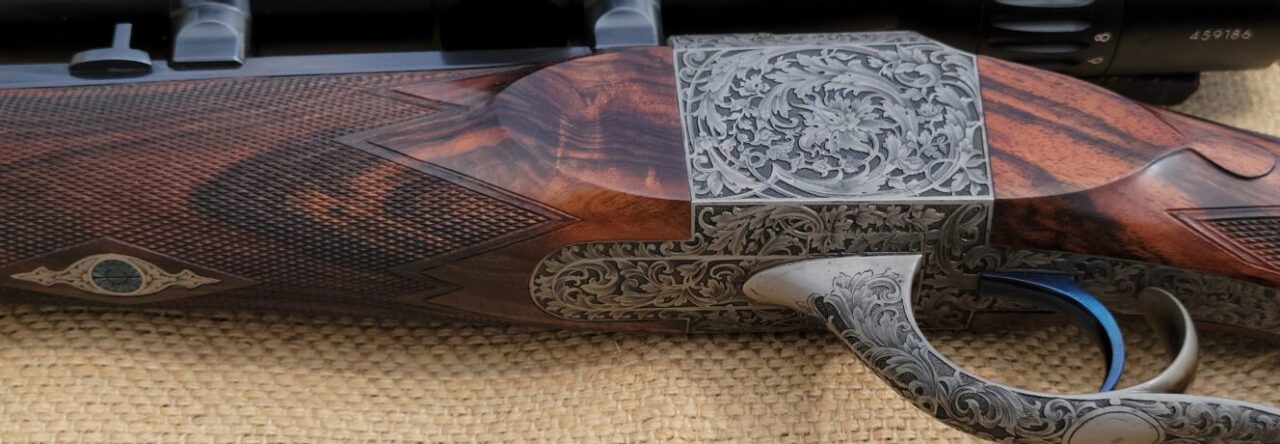Martin Hagn from Cranbrook, Canada was kind enough to weigh in on my little essay. Martin is an incredible craftsman, one of the best. He is one of a very few, in that he not only has a great eye and feel for the right proportions of stocks and firearms but has incredible engineering abilities that allow him to think outside the box. His famous single shot design is unique and genius in its simplicity, strength and reliability. While modern German firearms are typically over-engineered, his designs remind me of the German golden age of gun development, think Mauser 98. I’m honored to have Martin as a friend.


In Martin Hagn’s words:
I would like to touch on the quality of the “Buechsenmacher” Education in Germany and Austria. Actually, there is not that much praise to speak off! I spent 5 years in the gunmakers school in Ferlach, Austria. During that time, I worked for one year as a stock maker. The craftsmanship aspect was not bad at all, we certainly learned to file. But as far as styling was concerned, it was pretty bad, and we had no idea. The usual stock shape was in the alpine styling, primarily Bavarian. Basically, stocks with Bavarian cheek pieces, “Kaisergrips” and hog backs. The theoretical schooling was pretty good and included mathematics, bookkeeping and technical drawing. The goal of the education was not only the technical aspect, but also to acquire the skills necessary to be a business owner.
Of the 45 students in the school, only about 10% where really interested in the craft itself, and some still work today as gunmakers. The apprenticeships in Germany were not that great. Besides some learning in the workshop and a good filing foundation, it wasn’t great. Especially the machining skills where completely neglected. Probably better were the apprenticeships offered by the larger companies, such as Krieghoff, Heym and Sauer & Son. Those companies built tastefully executed guns before the war, especially Sauer & Son. In Austria, Johann Springer in Vienna was one of the best. After the war it all went downhill.
I was hired in 1962 by Griffin & Howe in New York. There I had the fortune to examine for the first time classic and tastefully built high-end guns. The shotguns from Churchill, Purdey, Holland & Holland and Westley & Richards where my new world. From those guns much can be learned as far as styling and execution is concerned.
In closing I would like to mention that in the USA, the gunsmithing schools provide probably the best opportunities for learning.
Martin Hagn
Like Martin mentions, most of the fellows I knew that apprenticed as gunmakers, shortly after changed career. Unfortunately, the trade has always been very small and didn’t offer employment opportunities nor the desired wages. Only people that truly have been “bitten by the bug” prevail and grind on, often against many odds, such as regulations and changes of laws.
Martin mentions a lack of taught machining skills to the German apprentices. Looking back, that was my greatest weakness also. In our shop in Switzerland, we had a horrible worn-out milling machine with huge back lash, and a terrible lathe. My master always said that if you learn on bad equipment, you can run any equipment. Well, later in America I learned the value of good equipment. The first time I run a proper Bridgeport it opened up a whole new world and I realized how wrong my master had been in this aspect.
I hope the different experiences are of interest and offer a little insight.
